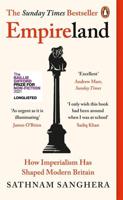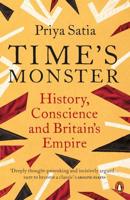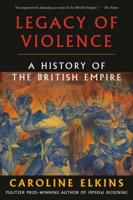Publisher's Synopsis
Recent studies of the British Army during the First World War have fundamentally overturned historical understandings of its strategy and tactics, yet the chain of command that linked the upper echelons of GHQ to the soldiers in the trenches remains poorly understood. In order to reconnect the lines of communication between the General Staff and the front line, this book examines the British army's commanders at battalion level, via four key questions: (i) How and where resources were found from the small officer corps of 1914 to cope with the requirement for commanding officers (COs) in the expanding army; (ii) What was the quality of the men who rose to command; (iii) Beyond simple overall quality, exactly what qualities were perceived as making an effective CO; and (iv) To what extent a meritocracy developed in the British army by the Armistice. Based upon a prosopographical analysis of a database over 4,000 officers who commanded infantry battalions during the war, the book tackles one of the central historiographical issues pertaining to the war: the qualities of the senior British officer. In so doing it challenges lingering popular conceptions of callous incompetence, as well more scholarly criticism that has derided the senior British officer, but has done so without a data-driven perspective. Through his thorough statistical analysis Dr Peter Hodgkinson adds a valuable new perspective to the historical debate underway regarding the nature of British officers during the extraordinary expansion of the Army between 1914 and 1918, and the remarkable, yet often forgotten, British victories of The Hundred Days.











